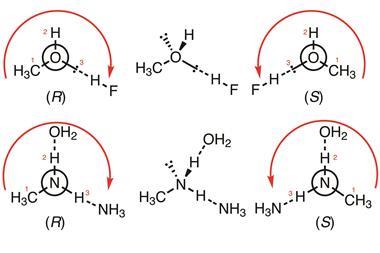Polymer nomenclature based on structure of repeating unit aims to iron out inconsistencies
Polybutylene – a common polymer used in flexible pipes and packaging – should be called poly(1-ethylethylene) from now on, according to a range of recommendations made by the International Union of Pure and Applied Chemistry (Iupac).
Early synthetic polymers were often named after their monomer source: α-butylene – or 1-butene – in the case of polybutylene. As organic chemical nomenclature developed, Iupac introduced rules for naming polymers in 1975. However, the organisation has revised those recommendations several times, most recently in 2014, leading to inconsistencies in how chemists name their polymers.
According to Iupac’s new rules, polymer names should be based on the chemical structure of their smallest repeating unit rather than on their source material. This will also make it easier to identify a polymer’s backbone and substituents directly from the name. Poly(1- ethylethylene), for example, has an ethylene backbone substituted with an ethyl group on one side.
However, some traditional names – for example polyethylene, systematically called poly(methylene) – are so widely used in official and regulatory texts that they will still be accepted next to their Iupac name.
References
W Mormann et al, Pure Appl. Chem., 2017, 89, 1695 (DOI: 10.1515/pac-2016-0502)

















No comments yet